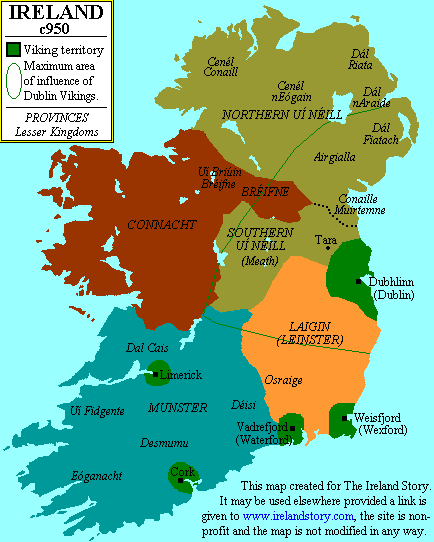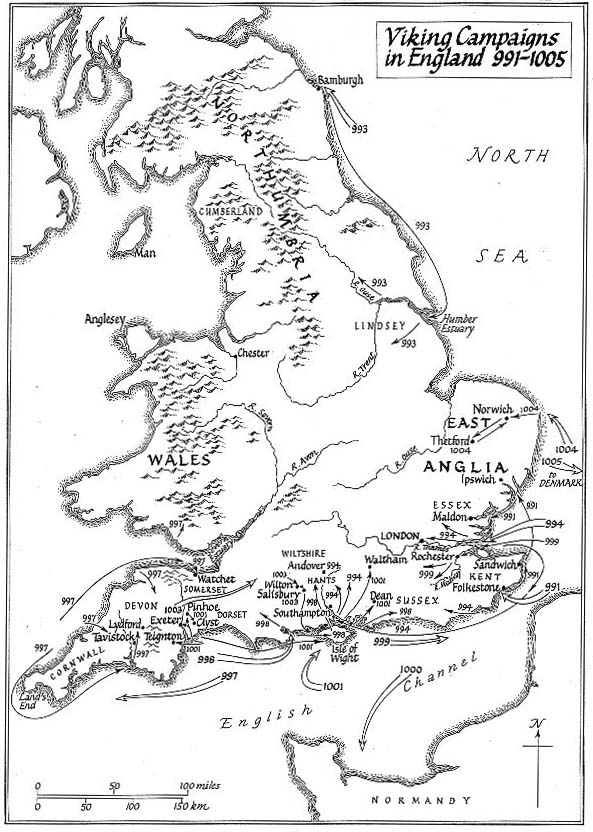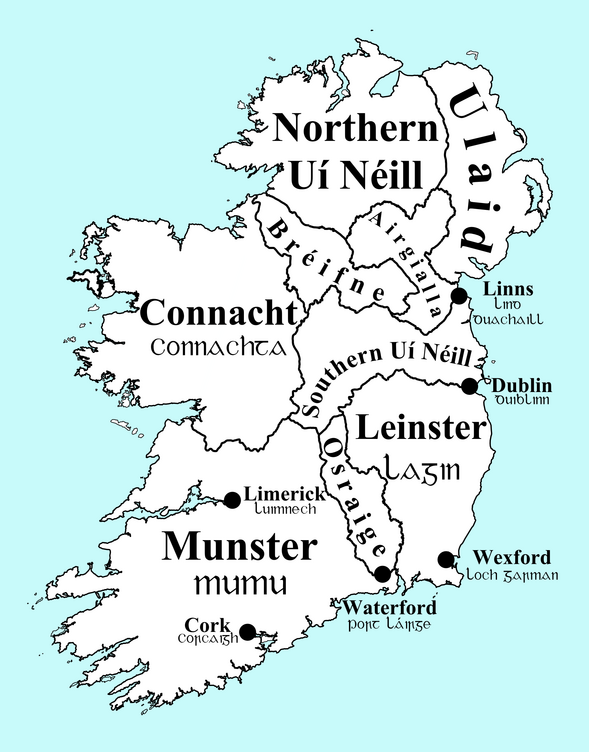Advertisement
If you have a new account but are having problems posting or verifying your account, please email us on hello@boards.ie for help. Thanks :)
Hello all! Please ensure that you are posting a new thread or question in the appropriate forum. The Feedback forum is overwhelmed with questions that are having to be moved elsewhere. If you need help to verify your account contact hello@boards.ie
Hi there,
There is an issue with role permissions that is being worked on at the moment.
If you are having trouble with access or permissions on regional forums please post here to get access: https://www.boards.ie/discussion/2058365403/you-do-not-have-permission-for-that#latest
There is an issue with role permissions that is being worked on at the moment.
If you are having trouble with access or permissions on regional forums please post here to get access: https://www.boards.ie/discussion/2058365403/you-do-not-have-permission-for-that#latest
Viking defeats at The Battles of Tara and Clontarf
-
10-10-2011 11:53pm#1
Comments
-
-
-
-
-
-
Advertisement
-
-
-
-
-
-
Advertisement
-
-
-
-
-
-
-
-
-
-
-
Advertisement
-
-
-
-
-
-
-
-
-
-
Advertisement
-
-
-
-
-
-
-
Advertisement
-
-
-
-
-
-
Advertisement
-
-
-
-
-
-
-
-
-
-
-
Advertisement
Advertisement









 Destruction reconstruction: Viking enthusiasts re-enact the burning of a longboat. Photographs: Danny Lawson/PA and NRA/Studio Lab
Destruction reconstruction: Viking enthusiasts re-enact the burning of a longboat. Photographs: Danny Lawson/PA and NRA/Studio Lab



 Secondly, ‘Steering oars remained the only means of directing the course of a ship up to about the beginning of the 13th century A.D. when they were gradually replaced by the vertical rudder hinged to the after end of the sternpost .’ (Oxford Companion to Ships and the Sea, page 832).
Secondly, ‘Steering oars remained the only means of directing the course of a ship up to about the beginning of the 13th century A.D. when they were gradually replaced by the vertical rudder hinged to the after end of the sternpost .’ (Oxford Companion to Ships and the Sea, page 832).